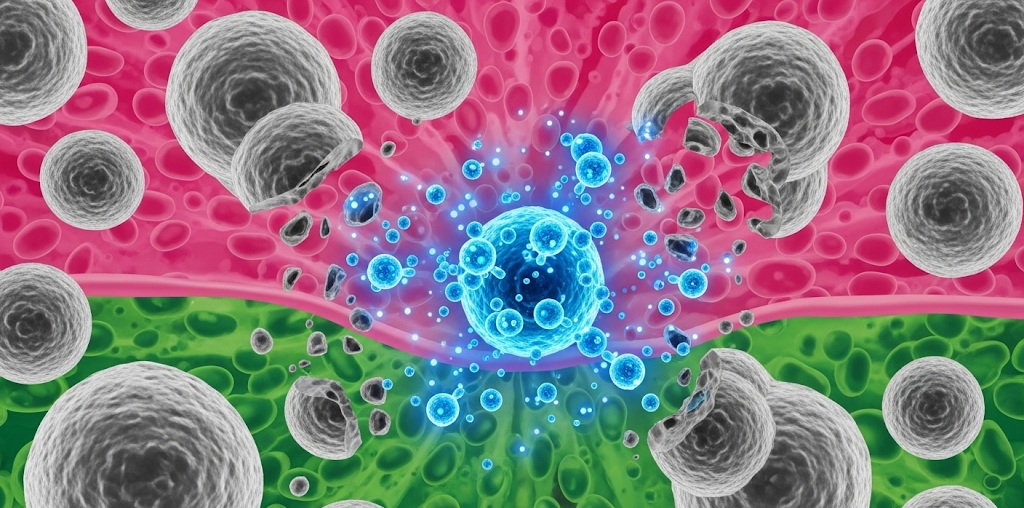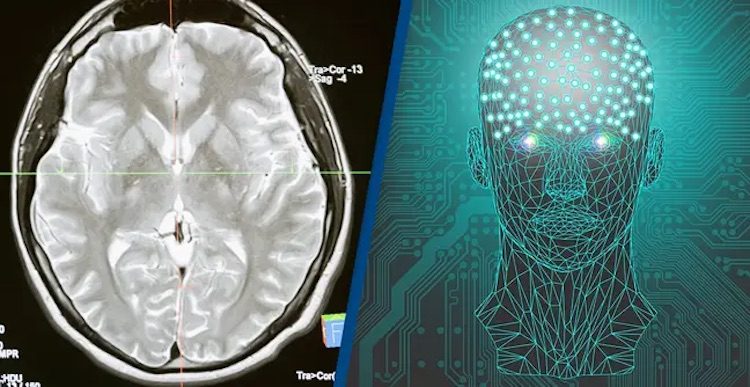In the 20th century, futurists envisioned robotic overlords and star-bound ships. But now, in the 21st century, the future looks different—and arguably more dystopian. No longer are we haunted solely by the visions of mechanical dominance or extraterrestrial travel. Instead, we are rapidly approaching an era in which biological inequality—driven by billion-dollar biotech ventures—will redefine what it means to be human.
Imagine a world where the rich stop aging and the poor simply age out of existence. This is not speculative fiction. It is the trajectory we’re already on.
The Biotech Gold Rush: How the Wealthy Are Buying Time
Billionaires Betting on Immortality
In the past, snake oil salesmen promised the secret to eternal youth. Today, it’s Nobel Prize-winning scientists backed by trillion-dollar corporate empires. The goal is no longer just to live longer—it’s to reverse aging.
Jeff Bezos, the founder of Amazon and one of the richest men in the world, has invested billions into Altos Labs, a secretive biotech company focused on cellular reprogramming. The project involves global scientific luminaries like Shinya Yamanaka, who discovered reprogramming factors that can theoretically return adult cells to a youthful state, and Jennifer Doudna, co-developer of CRISPR gene-editing technology.

This isn’t philanthropy. Bezos doesn’t want to bequeath his wealth—he wants to outlive the need to.
Genetic Engineering and Organ Printing: A Billionaire’s Fountain of Youth
Forget donor lists and organ shortages. The emerging era of 3D-printed organs and genetically tailored tissue repair means the elite may soon replace worn-out body parts as easily as changing a tire.
“Heart giving out? No problem—replace it with a lab-grown version made from your own cells.”
This isn’t science fiction. It’s cutting-edge science—fueled by investments larger than the GDPs of small nations.
The Technologies Rewriting Human Lifespan
Cellular Reprogramming: Resetting the Biological Clock
The real game-changer is cellular rejuvenation. Scientists have already reversed aging symptoms in mice using Yamanaka factors. The potential? Turning back the aging clock without turning a person into a mindless stem cell blob.
Experiments have shown success in improving cellular function, reducing age-related diseases, and even regenerating damaged tissues.
Senescence Removal: Clearing the Cellular Junk
As we age, cells that stop dividing—called senescent cells—accumulate and poison surrounding tissue. Billionaires are now funding companies like Unity Biotechnology and Calico (a Google-backed firm) to develop senolytics: drugs that purge these aging cells and restore vitality.

Elite Monitoring and Personalized Medicine
While the average citizen waits weeks for a doctor’s appointment, the wealthy have access to AI-driven diagnostics, full-genome sequencing, and real-time biometric tracking. This enables not only the treatment of disease but its preemption.
Result? While most of the world dies from preventable illnesses, the elite receive custom therapies before symptoms even appear.
Society Split by Lifespan: The New Caste System
Healthspan for the Few, Decline for the Many
Let’s fast-forward 20 years.
You’re in a city square. On one side, wealthy 70-year-olds with wrinkle-free faces, energetic bodies, and perfect cognition—looking no older than 30. On the other side, their same-age peers hunched over, burdened with arthritis, deteriorating vision, and failing memory. One group lives in youth, the other in decay.

Such a visual gap in vitality will mirror—then surpass—the current wealth divide.
From Class to Caste: The Emergence of Bioeconomic Divisions
This disparity will create bio-castes—where wealth determines biological fate. The rich will not just live longer; they’ll live better. The poor will work longer, retire later, and die sooner.
Forget middle-class aspirations. In a world of lifespan inequality, health becomes currency, and only the richest can afford it.
Can Revolutions Still Happen in a Biotech Oligarchy?
AI and Robot Enforcers: Ending the Age of Uprisings
Historically, inequality led to revolt. But in a future ruled by AI surveillance, combat drones, and robotic law enforcement, the potential for uprising could be systematically neutralized.
Think Boston Dynamics security robots, AI-augmented facial recognition, and weaponized drones. The ruling class won’t need humans to defend them. Technology will do the job without conscience or hesitation.

Rebellions won’t just be crushed—they’ll be prevented.
Is There Any Hope? The Quiet Warriors of Equality
The Ethical Scientists and Rogue Hackers
History shows us that not all advancements remain in the hands of the elite. When the U.S. developed the atomic bomb, it was scientists who leaked secrets to the USSR—not out of treachery, but out of a desire to balance global power.
We can expect similar dissent in biotech. There will be underground networks: biohackers, rogue physicians, and open-source scientists who defy corporations and governments to democratize access to longevity treatments.
Underground Medicine: The Black Market of Youth
As with any high-demand commodity, black markets will arise. Anti-aging drugs, stem cell treatments, gene therapy tools—these will flow through illicit but accessible channels. As supply increases, prices will drop. Eventually, even the working class may access low-grade rejuvenation tech.
The genie never goes back in the bottle.
The Future: Inevitable Stratification or Temporary Imbalance?
A New Kind of Inequality—But a Familiar Pattern
Let’s be honest: societal stratification isn’t new. From kings and serfs to CEOs and minimum wage workers, humanity has always balanced on the knife’s edge of inequality. The coming era will merely extend this into biology.
But no imbalance lasts forever. As with electricity, the internet, and vaccines, what begins as a luxury often becomes universal—through rebellion, innovation, or sheer necessity.
Whether the transformation is peaceful or violent, one truth remains: Humanity does not accept inequality forever.
A Warning, and a Possibility
The idea that “the rich will be forever young, and the poor will outlive their resources and die of old age” is not a prophecy—it’s a warning. As medicine enters the golden age of genetic miracles, the challenge will not be the science. It will be access, ethics, and the human heart.
Whether we rise together or split apart depends not on the billionaires or the breakthroughs—but on those brave enough to demand a future where youth is not for sale.

















